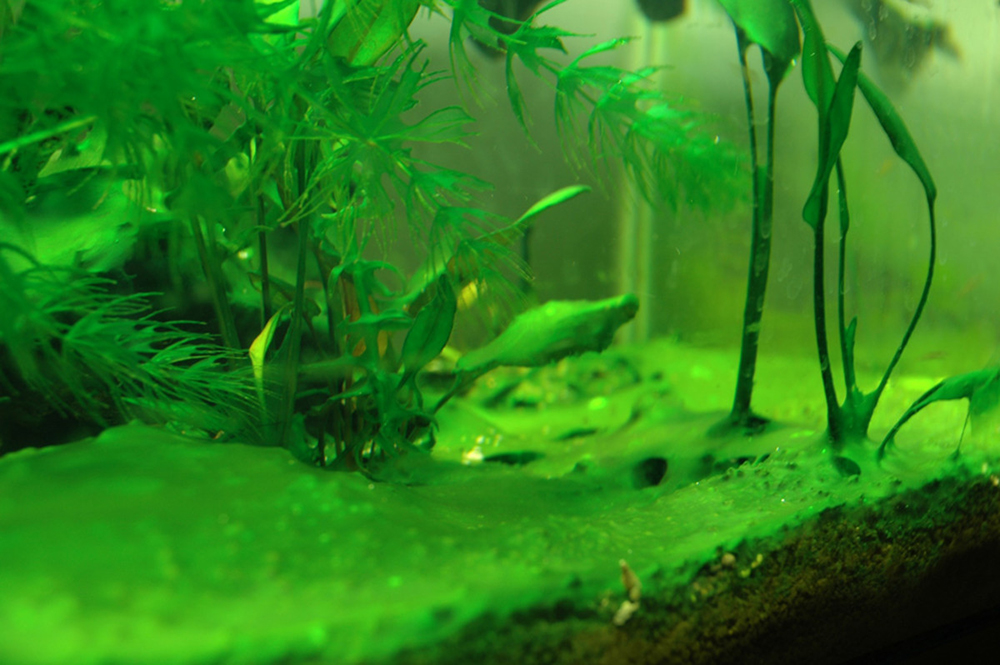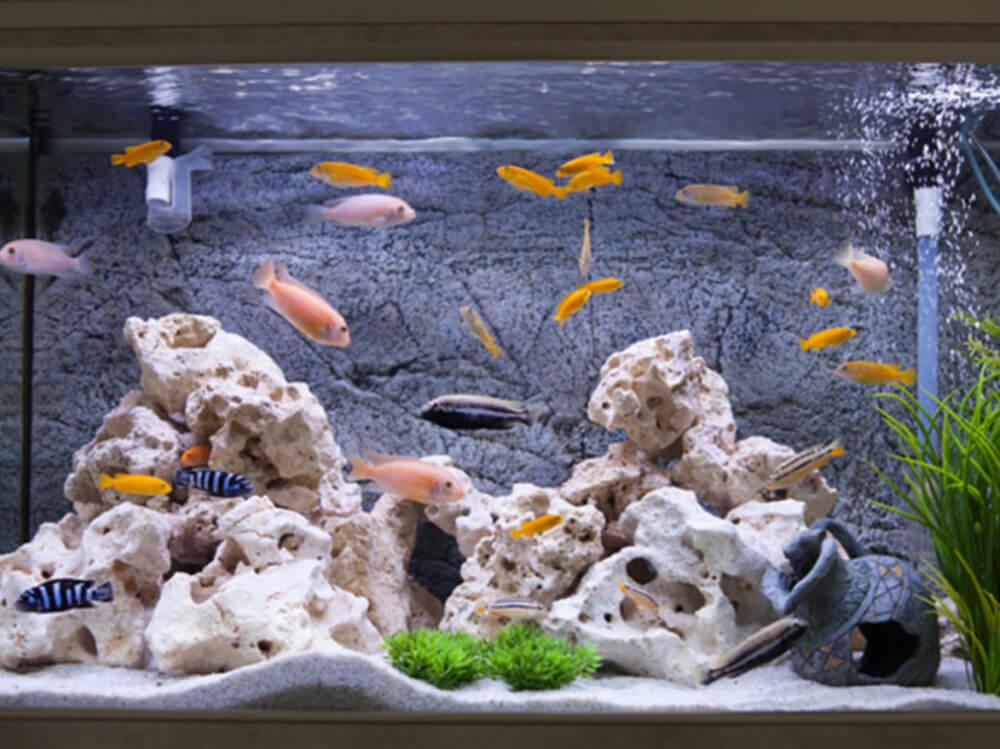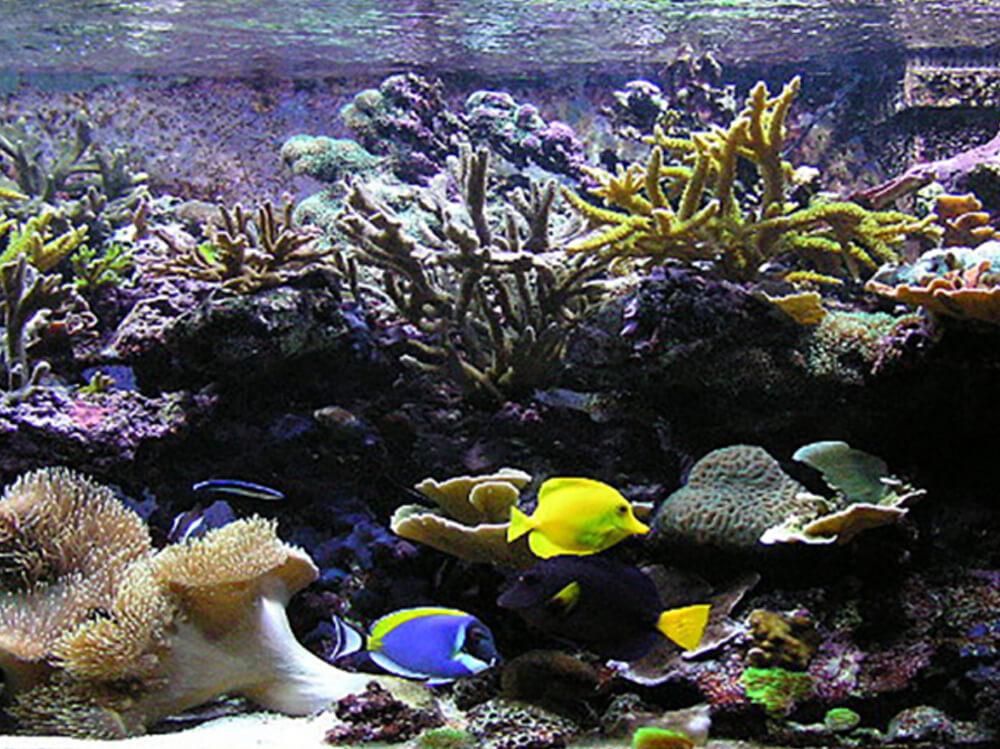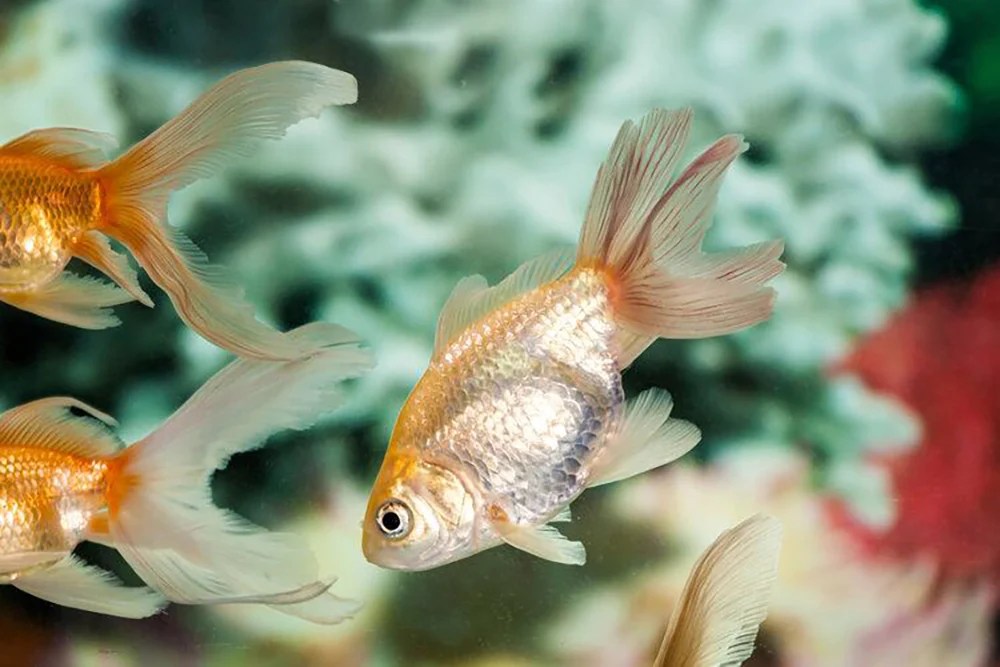Introduction: The Importance of Water Chemistry in Aquariums
Maintaining a healthy aquatic environment for your fish is a delicate balance of several factors, with water chemistry being paramount among them. One critical aspect of this balance is alkalinity, which refers to the aquarium water’s ability to buffer against pH changes. A stable alkalinity level is vital for the well-being of your aquatic inhabitants, as it helps regulate the acidity of the water and supports the biological processes within the tank. This comprehensive guide delves into understanding alkalinity, its significance, and practical steps to raise and maintain optimal levels in your fish tank.

Understanding Alkalinity: The9Essential Buffer
Alkalinity, often measured in degrees of general hardness (dGH) or parts per million (ppm), represents the water’s capacity to neutralize acids without drastic pH shifts. It is primarily composed of bicarbonates, carbonates, and hydroxides, which act as a buffering system. High alkalinity indicates a more resilient aquarium environment, capable of resisting pH fluctuations caused by natural biological processes, such as the breakdown of fish waste and uneaten food, or the addition of certain chemicals and treatments. Conversely, low alkalinity can lead to unstable pH levels, causing stress and health issues for your fish.
Testing Alkalinity: Knowing Your Starting Point
Before adjusting alkalinity, it’s crucial to determine your current water parameters accurately. Investing in a reliable test kit specifically designed to measure alkalinity is essential. These kits typically use titration methods, providing readings in either ppm or dKH (degrees of carbonate hardness). Aim for a target range based on your specific aquarium setup; for many freshwater tanks, an ideal range falls between 3-8 dKH or 75-260 ppm, while marine tanks generally require a higher alkalinity, around 8-12 dKH or 260-350 ppm.

Why Raise Alkalinity? The Impact on Aquatic Life
Raising alkalinity becomes necessary when levels fall below the recommended range, risking a cascade of negative effects. Low alkalinity can cause a rapid drop in pH, which stresses fish and invertebrates, weakening their immune systems and making them more susceptible to diseases. It can also hinder the growth of beneficial bacteria responsible for the nitrogen cycle, disrupting the ecosystem’s balance. Corals and live plants, particularly in reef tanks, rely heavily on stable alkalinity for skeletal growth and photosynthesis, respectively.
Methods to Increase Alkalinity: Safe and Effective Techniques
- Baking Soda: One of the simplest and most cost-effective ways to raise alkalinity is by using baking soda (sodium bicarbonate). Mix a small amount with tank water in a separate container until fully dissolved, then slowly add the solution to the aquarium while monitoring pH to avoid overshooting. Use a ratio of about 1 teaspoon per 5 gallons to raise alkalinity by approximately 1 dKH.
- Buffering Agents: Commercially available aquarium buffering agents are formulated to precisely adjust alkalinity without drastically affecting other water parameters. Follow package instructions closely, as different products may have varying application rates.
- Kalkwasser (Calcium Hydroxide): Popular in marine aquariums, kalkwasser not only raises alkalinity but also replenishes calcium essential for coral growth. Dilute it in pure water and dose slowly, preferably through a drip system during the night when CO2 levels are lower to minimize pH swings.
- Two-Part Solutions: Specifically designed for reef tanks, two-part solutions contain separate bottles of calcium and alkalinity supplements. They offer precise control over both parameters, ensuring a harmonious balance crucial for coral health.

The Gradual Approach: Avoiding Rapid Changes
When raising alkalinity, the key is to proceed gradually to prevent shocking your aquatic life. Sudden spikes in alkalinity or pH can be more detrimental than the initial low levels. Aim to increase alkalinity by no more than 1 dKH per day, allowing time for your fish and other inhabitants to adjust. Continuously monitor alkalinity and pH levels throughout the adjustment period, making adjustments as needed.
Stabilizing and Maintenance: Ensuring Long-Term Balance
Achieving optimal alkalinity levels is only the beginning. To maintain stability, regular testing and occasional adjustments are crucial. Perform weekly tests to monitor alkalinity, adjusting as necessary to keep it within the desired range. Implementing a regular water change schedule—typically 10-20% of the tank volume every week or two—helps replenish minerals and dilute accumulated substances that could affect alkalinity over time. For heavily stocked or planted tanks, more frequent or larger water changes may be required.

The Role of Carbonate Hardness (KH) in Preventing pH Fluctuations
Carbonate hardness (KH) directly influences the water’s ability to resist pH changes. A KH level that’s too low leaves the aquarium vulnerable to daily pH swings caused by the release and absorption of CO2 during the day-night cycle. Maintaining a KH of at least 3-4 dKH provides a sufficient buffer to stabilize pH, creating a more stable and less stressful environment for your fish.
Enhancing Buffers and Supplements: Strategic Supplementation for Optimal Health
To maintain a stable KH level and, consequently, a consistent pH, strategic use of buffering supplements is essential. There are several products available, such as bicarbonate or carbonate salts, specifically designed to raise and maintain alkalinity in aquariums. These should be dosed according to the manufacturer’s instructions and based on the results of your regular water testing.
It’s crucial to dose these supplements gradually and monitor the changes closely to avoid overcorrection. Overdosing can lead to rapid increases in alkalinity, which, as mentioned earlier, can stress or harm your aquatic inhabitants. If you have a large or particularly sensitive aquarium, consider using a dosing pump that can dispense small, controlled amounts over time.

Incorporating Natural Buffers: Live Plants and Decor
Live plants play a dual role in maintaining alkalinity and pH stability. They naturally absorb carbon dioxide during photosynthesis, which helps stabilize pH by reducing the diurnal pH swing. Additionally, some plants secrete substances that can act as natural buffers, contributing to overall water stability. Encouraging healthy plant growth through appropriate lighting, fertilization, and CO2 supplementation (if needed) can significantly aid in maintaining a balanced environment.
Aquarium decor, especially those made from natural materials like limestone or marble, can also contribute to buffering capacity. These materials slowly dissolve, releasing minerals that help maintain alkalinity levels. However, it’s important to use such decorations judiciously and monitor their impact, as they can eventually lead to overly high alkalinity if not balanced correctly.
Conclusion: Nurturing a Thriving Aquatic Ecosystem
Raising and maintaining alkalinity in your fish tank is a fundamental aspect of aquarium keeping, influencing not just the survival but the thriving of your aquatic life. Through careful monitoring, gradual adjustments, and adopting appropriate maintenance routines, you can create a stable and healthy environment that mimics the natural habitats of your fish, corals, and plants. Remember, patience and consistency are key to achieving and preserving the delicate balance essential for a flourishing aquarium ecosystem.










